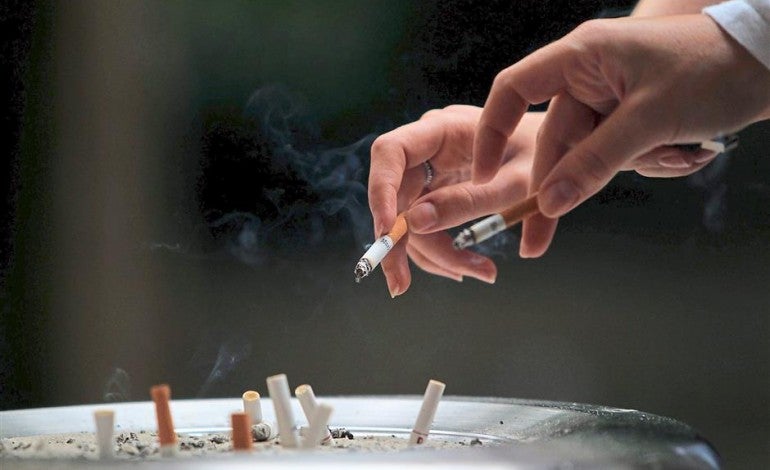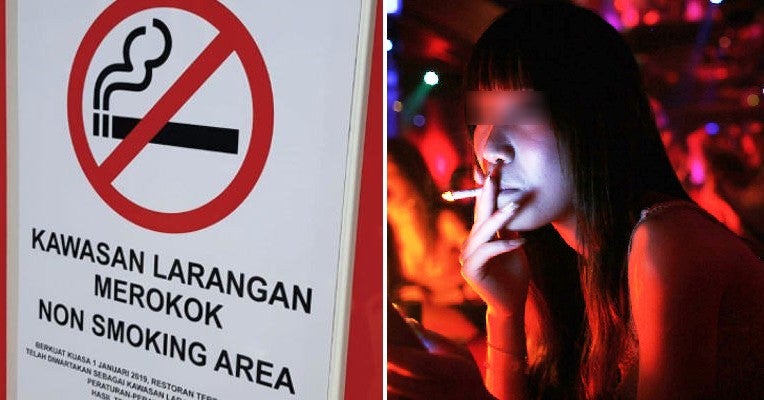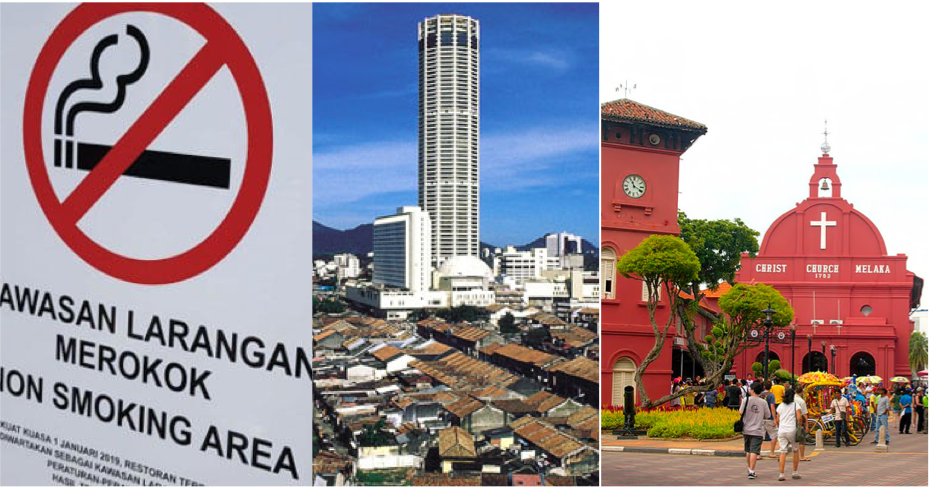A team of researchers from Universiti Sains Malaysia (USM) have conducted a study which discovered that there is a huge improvement in the air quality in heritage areas of Melaka and Penang where the smoking ban was enforced. This discovery shows that there is a likelihood of an improvement of the air quality nationwide soon.
The readings have shown remarkable improvement as these areas have moved from having “hazardous” to “good” readings.

Source: The Star
As reported by NST, the USM research leader, Maizurah Omar, said that individuals are more likely to be exposed to particle matter measuring less than 2.5-micrometre units (PM2.5) in places where smoking is still allowed. She added,
“The particles are small enough to be absorbed into our bloodstream directly. Imagine PM2.5 containing more than 7,000 chemicals emitted by cigarette smoke.”
“It is smaller than haze particle matter at 10 micrometres (PM10). We found the highest level of PM2.5 particle matter recorded at entertainment centres where patrons could smoke.”

Source: The Star
She also mentioned that according to another study done by the International Tobacco Control Policy Evaluation of Southeast Asia, smokers would follow the restriction enforced by the government within three years. She continued,
“The smoke-free policy is easy to be followed by smokers because they understand the restriction is to accommodate non-smokers. They say if fewer people around them are smoking, it will deter them from lighting up and encourage them to quit.”
This research in one way has proven that the smoking ban is crucial and the positive effects that it has outweighed any weaknesses that might be highlighted by protestors of the ban.
Also read: MOH: Nightclubs & Bars Without Restaurant Licences Are Exempted From Smoking Ban










































